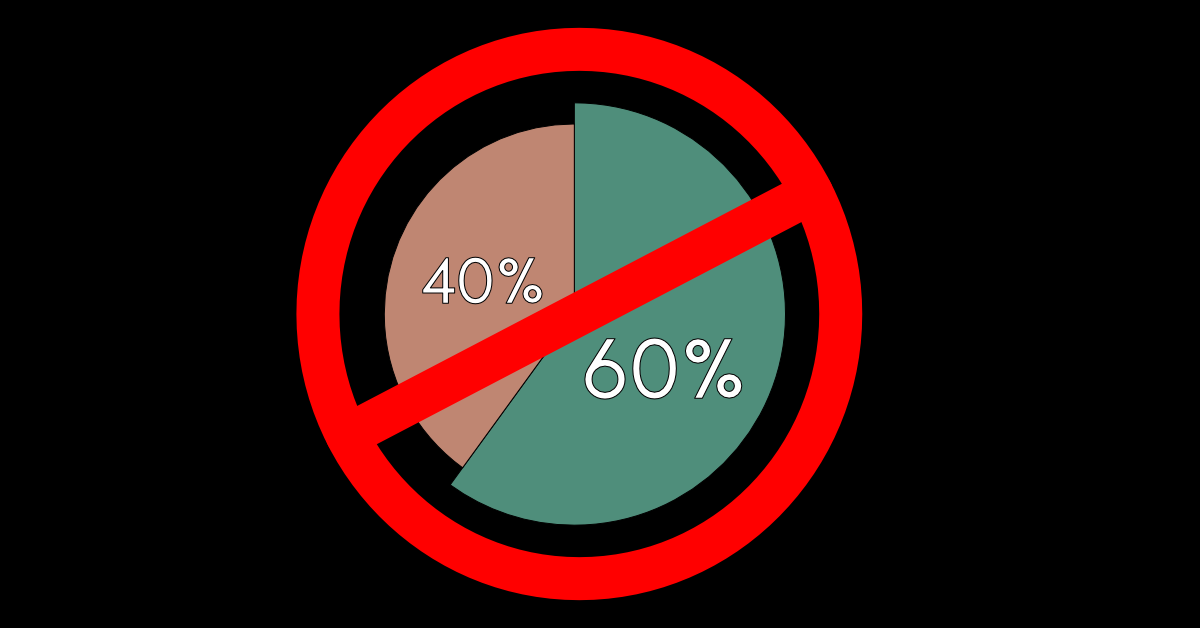The Future Fund has started 2023 with continued calls for a reassessment of how investors manage money in a way that's more relevant to current and prospective market conditions. The voices of CEO Raphael Arndt and Chairman Peter Costello are amplified by the considerable authority and accountability of the fund's almost $200 billion under management. They provide vital leadership during this time of dramatic cyclical change and uncertainty.
The centrepiece of their argument is found in the Future Fund Paper: The Death of Traditional Portfolio Construction. It's a heavy-duty title that is expressly designed to confront the standard practices of the investment industry, embedded over decades and largely unchallenged since the inception of modern superannuation in the 1980s.
In a recent interview with Investment Magazine, Arndt said that the investment industry needed to recognise that the old approach of the 60/40 equities to bonds allocation is over. "The conditions where that worked don't exist any more. It's time for investors to take notice of it and act. "We want to start a conversation on this as we think this is profoundly important."
Inherent in the Future Fund statements is a belief that the investment industry is still not sufficiently grasping the need for change.
Stagflation, uncertainty and volatility are all part of the future investment landscape. The government's response to climate change is forcing regulatory environment changes. Plus, geopolitical tensions are driving structural and inflationary changes in supply chains.
The essential point is that the change is cyclical and structural rather than a relatively short-term correction, as seen during the GFC. Peter Costello, speaking to The Sydney Morning Herald, said, "The cycle of rising rates to control inflation is not yet complete and brings with it the possibility of recessions in much of the developed world".
Arndt added that he did not think that markets were pricing in a major recession and predicted more volatility as central banks try to bring inflation under control. Inflation may have peaked, but it will take time to bring it within the range of central banks' expectations.
The Future Fund's response is to actively manage portfolio allocations based on prospective returns and protection against inflation. According to Arndt, the fund has "vastly reduced the amount of equities we hold" and is applying more significant weightings of private equity and alternative assets such as Australian infrastructure and commodities.
The views of the Future Fund provide tacit or indirect support for the approach adopted by Dynamic Asset since its inception in the wake of the GFC. Dynamic Asset offers a managed account solution that is different and was built to protect investors from volatility.
Dynamic Asset actively manages portfolios using the Dynamic Asset Allocation approach. Portfolio allocation is focused on the prospective returns of each asset rather than historical asset class performance. Its five portfolios, like the Future Fund, target specific risk-adjusted returns. The portfolios can be blended by financial advisers to target specific client goals.
Contact us to learn more about how your clients and business can benefit from the Dynamic Asset managed account solution.
Dynamic Asset can help
Contact us to learn more about how your clients and business can benefit from the Dynamic Asset managed account solution.



